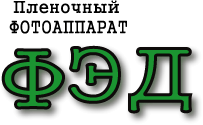 Felix Edmundovich Dzerjinskii
Felix Edmundovich Dzerjinskii
1) Red october 1917
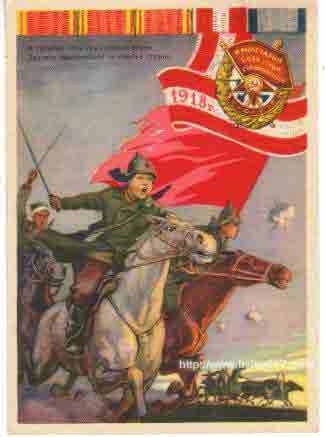
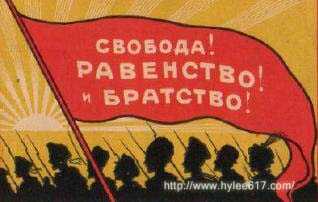
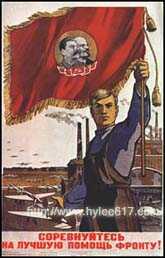
Russian revolution 1917
- On 26th October, 1917, the All-Russian Congress of Soviets met and handed over power to the Soviet Council of People's Commissars. Vladimir Lenin was elected chairman.
2) FED working commune ,1927
- Felix Edmundovich Dzejinski was the founder of a Soviet secret police agency, known as the Cheka. In 1927, a year after his death, a working commune near Kharkov was established in his name. In 1934 the commune began making cameras, copies of the Leica II, bearing Dzejinski's initials. Thus began the production of the FED. Pre-1945 FEDs had a variety of engravings on the rangefinder cover. From 1935 (Type-1b) to 1945 (Type-1d), the inscriptions included the initials "NKVD" in Cyrillic. The NKVD (People's Board for Interior Affairs) was a predecessor to the KGB.
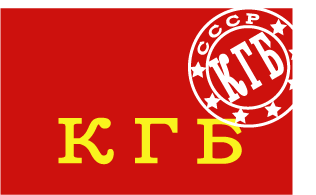
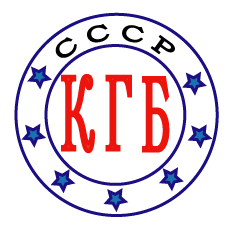
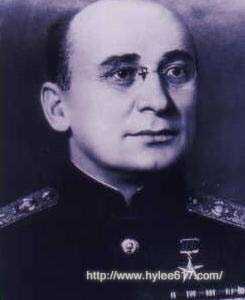
3) Camera Manufactory
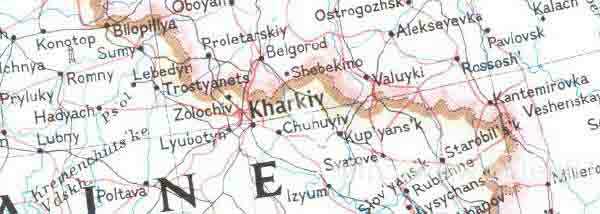
Kharkov Ukraine 1988
- The FED camera were produced at the Kharkov working commune which was created in 1927. It was started with a work force consisting of 150 orphaned girls and boys, the youngest of which was 13 years old. These child workers were supervised by the Ukaranian police. FED, it stands for Felix Edmundovich Dzerzhinsky , also known as Iron Felix. A founder of the NKVD and KGB. The NKVD, stands for Narodny Komissariat Vnutrennih Del which roughly translated means Interior Ministry. It all started in June 1932, camera production was planned based on the Leica II which was launched in Germany in April 1932. On the 26th October 1932 the first of 30 prototype Soviet Leica 1a copies was assembled. The following year 1933 was used to tool up for mass production. It must be remembered that nothing like this had ever been attempted in the Soviet Union, the economy at this time was predominantly agricultural. On the 5th November 1932 the first prototype of the planned Leica II copy appeared and was called the Pioneer. The camera consisted of more than 300 detail parts. The Optics and prototype cameras were first made at the VOOMP experimental factory in Leningrad. Production of which was halted in June 1934 after less than 500 cameras had been produced. The production was then transferred to the Geodezia factory in Moscow where it was planned to mass produce the camera which was now known as the FAG, only a 100 examples of this camera were ever produced. The events at Kharkov FED factory were now bearing fruit and the camera went into full scale production in January 1934 the camera known as the FED 1 or Fedka. By december 1934 they had produced 1800 examples. More than 700000 were to be produced between 1934 and 1955. Historically this is the most significant Soviet camera. It is a very close copy of the Leica II it differs in some minor detail and was available at a far more realistic price. This camera was aimed at the Soviet mass market and not the elite few as the Leica is in the western imperialist world.
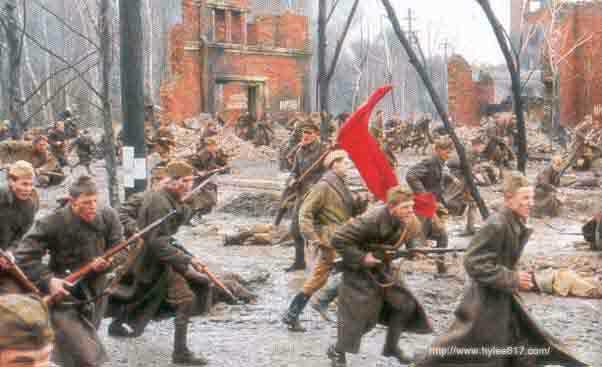
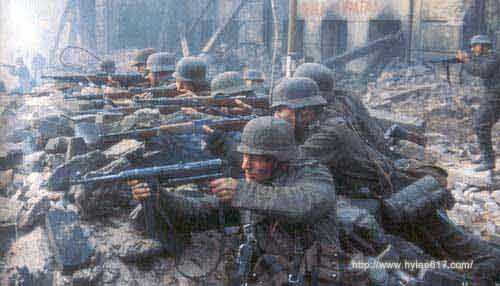
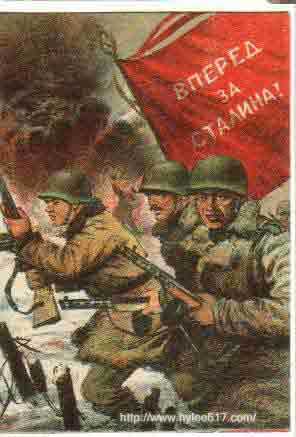
WW II 1941-1945
4) The Best FED Cameras
- Probably the best Soviet Camera, especially in its simpler early form. It existed before World War II as a prototype. It incorporated a CONTAX type 67mm long base rangefinder and removable back for film loading. I have recently put a film through one of these superb camera and found it to be bullet proof in its design concept and operation. Unlike the complicated RF CONTAX Camera system of the 1930's on which it is so obviously based, albeit with a Lieca shutter. One of the few plus points regarding the outcome of World War II is that the patents and copyright laws applying to Leica camera designs were disregarded resulting in a flood of copies onto the world markets.
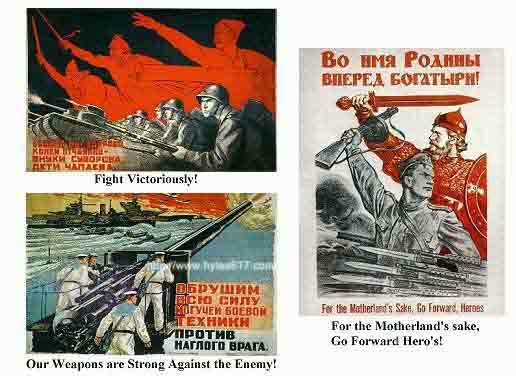
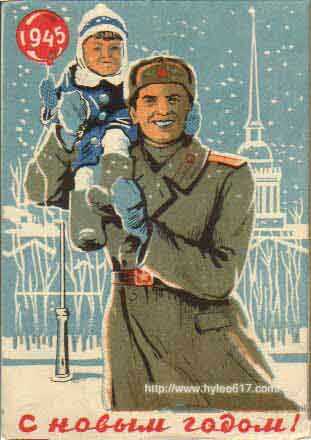
VICTORY 1945